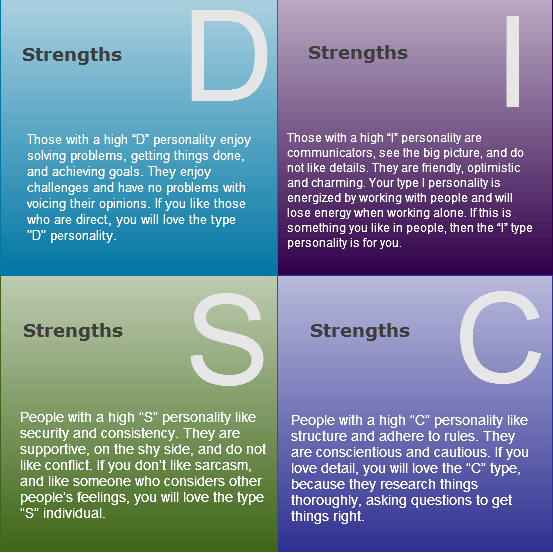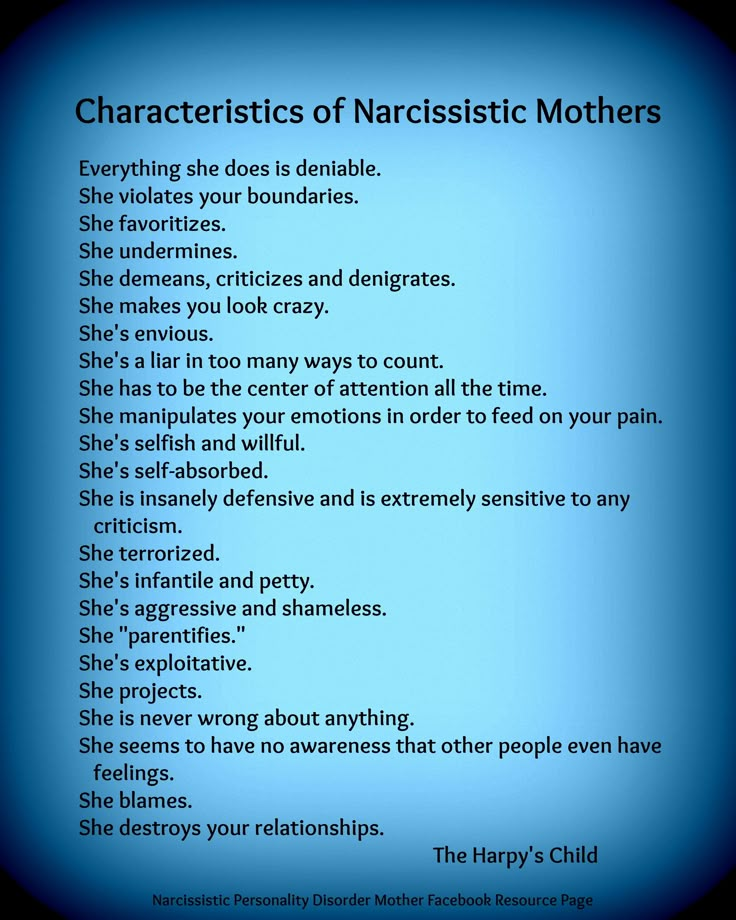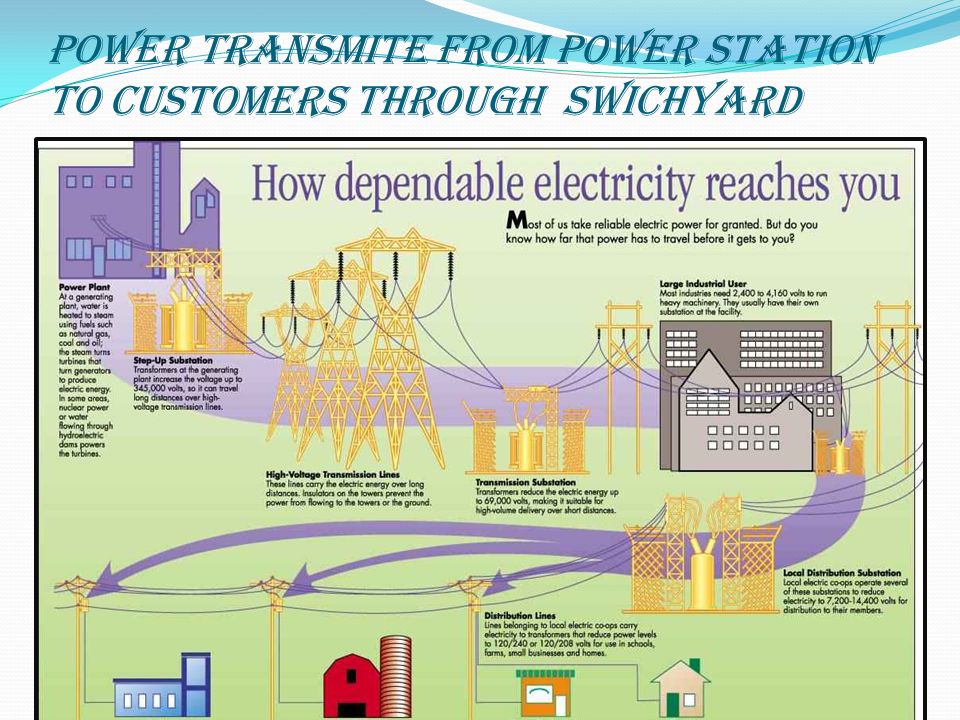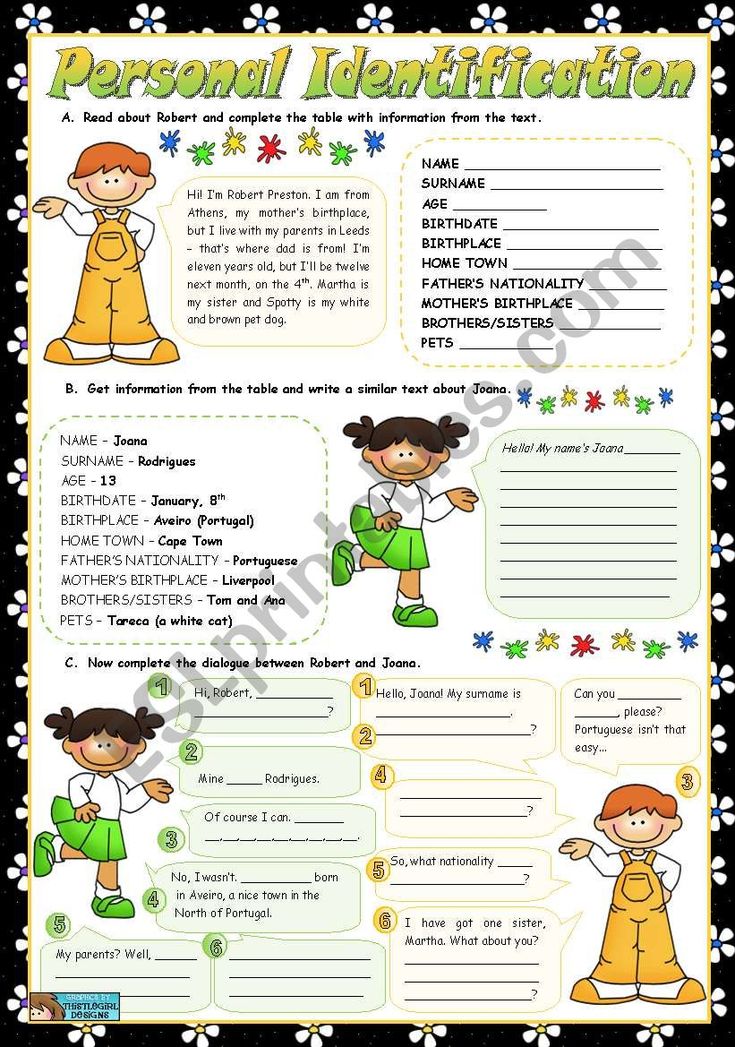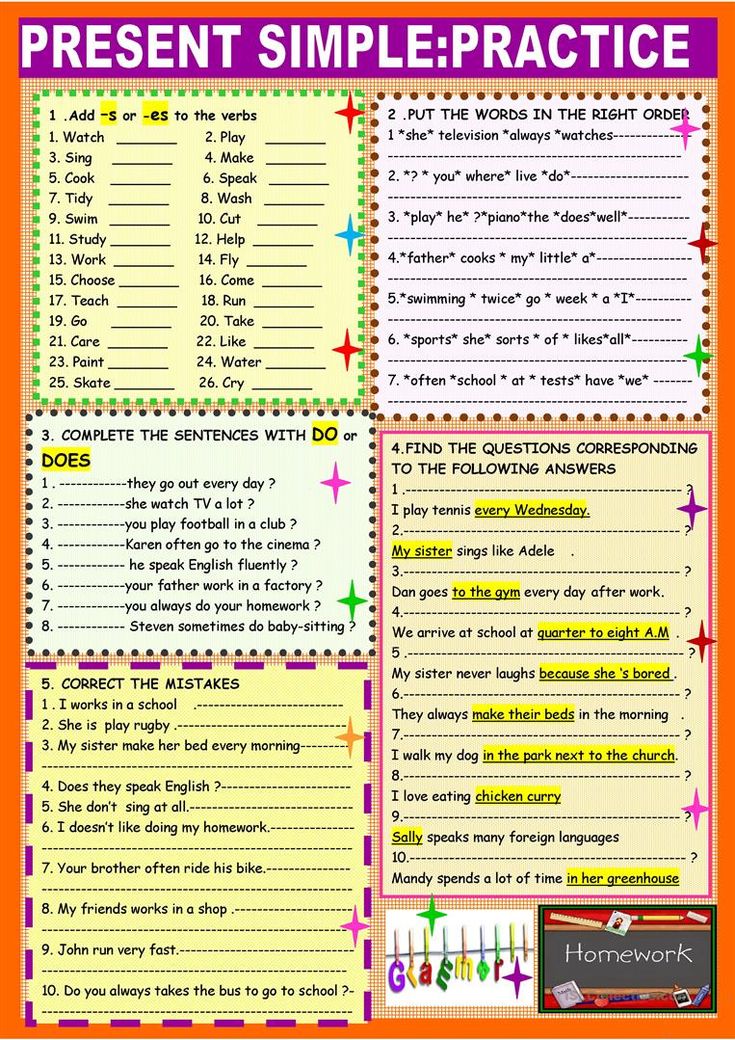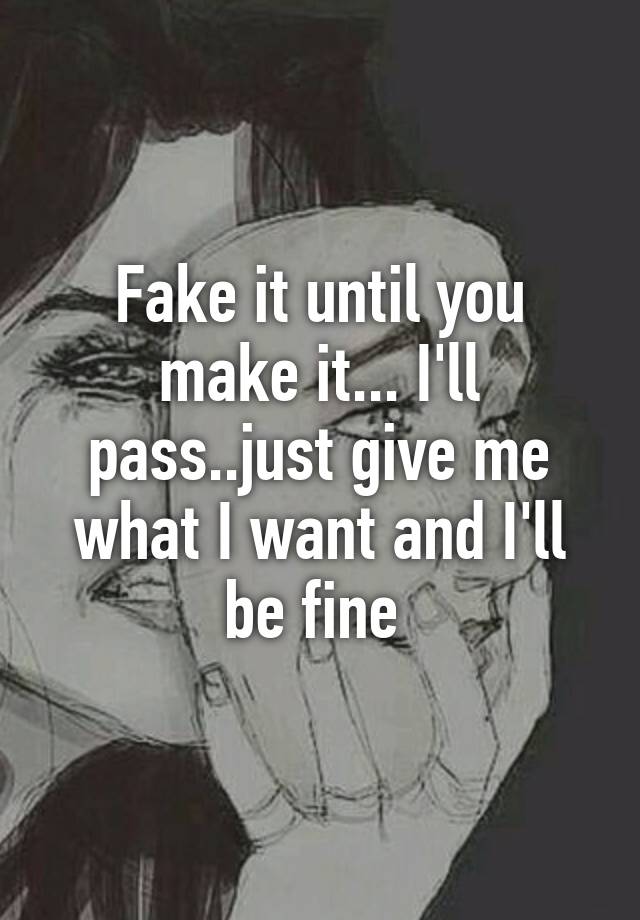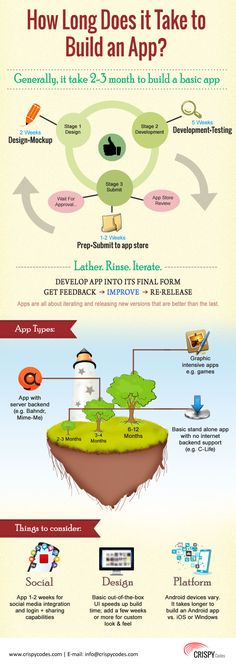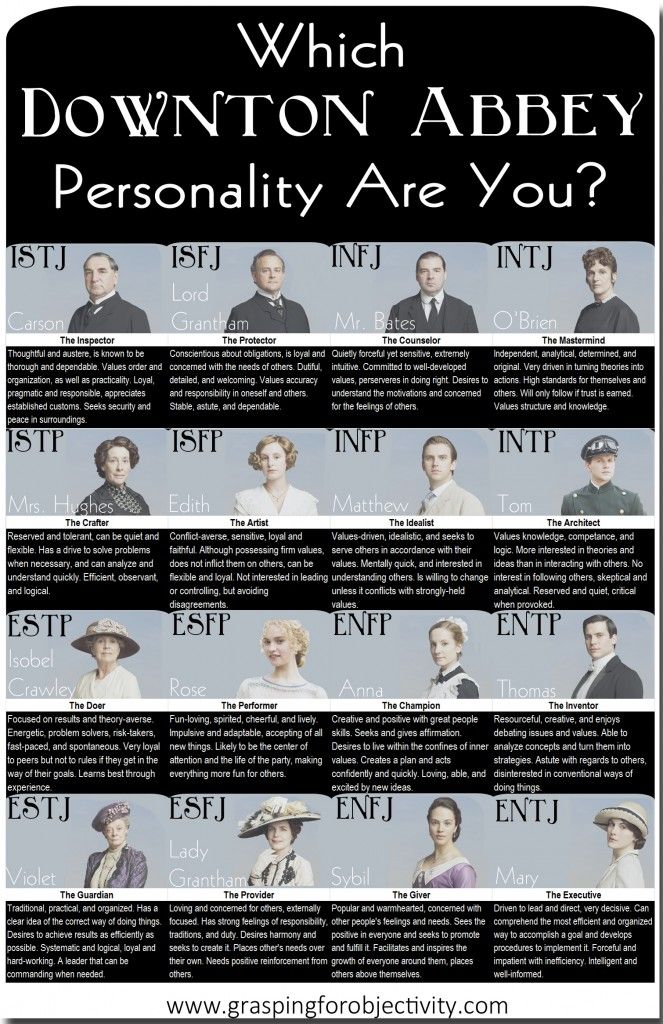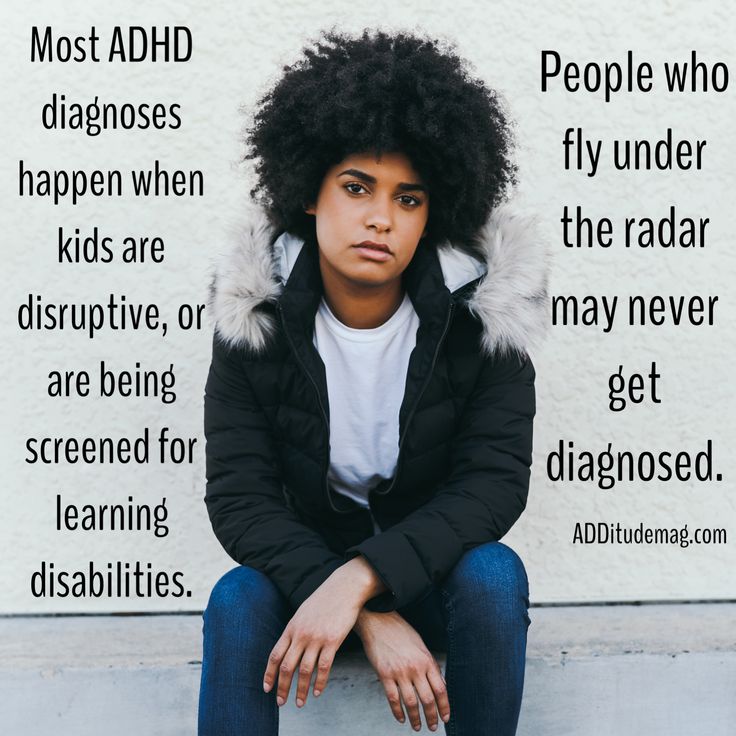Yellow blue personality type
Are you a Red, Blue, Green or Yellow personality type?
03 August 2022 – UPDATED: How to get the most out of your employees based on their personality type.
Our personalities can be divided into colours. Each colour has particular traits, and it is important for you to understand your own traits and those who you are directly responsible for. Not only will it help you to psychologically understand your team better, but it will help how you interact with them also. If you know how to get the best out of a person, you will see great results, and better still if you recognise what colour you are, you are able to advise people how to get the best out of you, your likes and dislikes, your strengths and your weaknesses.
It can be taken further too, to:
- Strengthen relationships with your customers
- Building a true ‘bespoke’ offering
- Assist in training and developing your team
- Succession planning
- Recruiting the right profile match for the role
- Complaint Handling
- Staff motivation
- Staff retention
Here’s a snippet:
RedsReds are strong leaders, fast paced thinkers, risk takers, purposeful, drivers, strong-willed, high energy, competitive and rational. You may recognise many of the qualities in many leaders as they take ownership, need to be fast paced in their thinking, take risks and be purposeful and confident with it. They don’t like waffle and tend to lack patience.
If you want to help red, in a work environment, you need to demonstrate the benefits that come with the details. It’s all well and good having a destination but cutting corners can cause problems! After they’ve successfully completed a project, focusing more on the details, have a chat with them about the benefits of doing this – using real life examples.
BluesBlues are deep thinkers, analytical in nature, very detail focused and formal in their thinking. They can come across as being aloof, but are deliberate in their approach and systematic, precise and pays attention to detail. Blues like things in their place, and are very organised with good time management skills. They are sticklers for time and are capable of coming to their own conclusions without having examples of others pushed at them.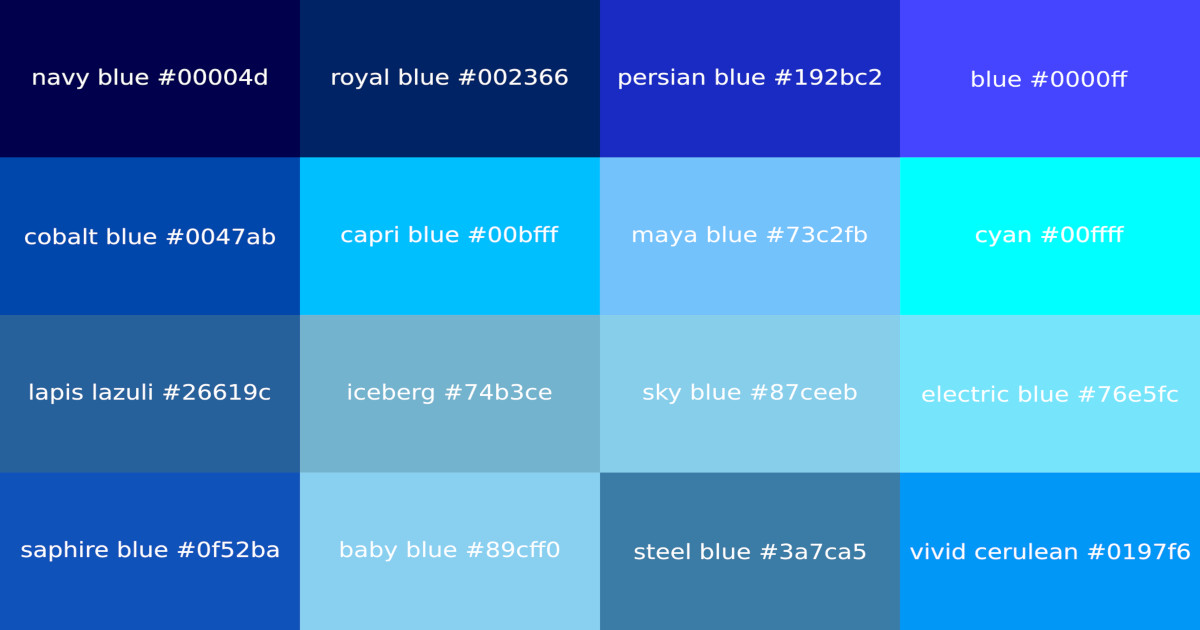 They take their time in their thinking and are much slower paced than the reds or yellows. Blues can come across as perfectionists due to their logical, systematic, precise and deliberate approach to problems or solutions. Blues like to have all the facts, and then logically put together an answer that is suitable. They don’t like vagueness, a lack of detail or an absence of facts or figures.
They take their time in their thinking and are much slower paced than the reds or yellows. Blues can come across as perfectionists due to their logical, systematic, precise and deliberate approach to problems or solutions. Blues like to have all the facts, and then logically put together an answer that is suitable. They don’t like vagueness, a lack of detail or an absence of facts or figures.
While taking their time and being thorough is important, sometimes we’re working to tight deadlines and a fast turn around is necessary. In these instances, explain to blues the time frame and the importance of finishing a project. Be sure to offer support and explain the importance of prioritising and delegating tasks. This way they won’t feel immense pressure and worry about burnout, but will understand that they need to pick up the pace – and will have help to do so, if necessary!
Greens
Greens are cool, laid back, relaxed and patient. They are easy to get along with and very informal in their approach. Greens are social and focus on relationships so can come across as emotional. They are much slower paced in their thinking and are very democratic people. They’re very understanding, and agreeable. They don’t like ‘pushy’, being put on the spot and can spot if you’re being insincere a mile off!
Greens are social and focus on relationships so can come across as emotional. They are much slower paced in their thinking and are very democratic people. They’re very understanding, and agreeable. They don’t like ‘pushy’, being put on the spot and can spot if you’re being insincere a mile off!
Because of this laid back attitude, Greens tend not to like friction, so we would advise discussing any criticisms in private. They may need reassurance not to take the criticism personally, but rather professionally, to avoid them shutting down emotionally. Greens tend not to lead the conversation in one on one situations, so it may be that you need to ask questions to prove more of a response.
Yellows
Yellows are the life and soul of the party, they are sociable, expressive, very imaginative and enthusiastic with it. Yellows are very informal, very optimistic and animated. Their Imaginations can sometimes run away with them as they are very fast paced thinkers. Yellows are very relationship focused and are visionaries with obvious high energy.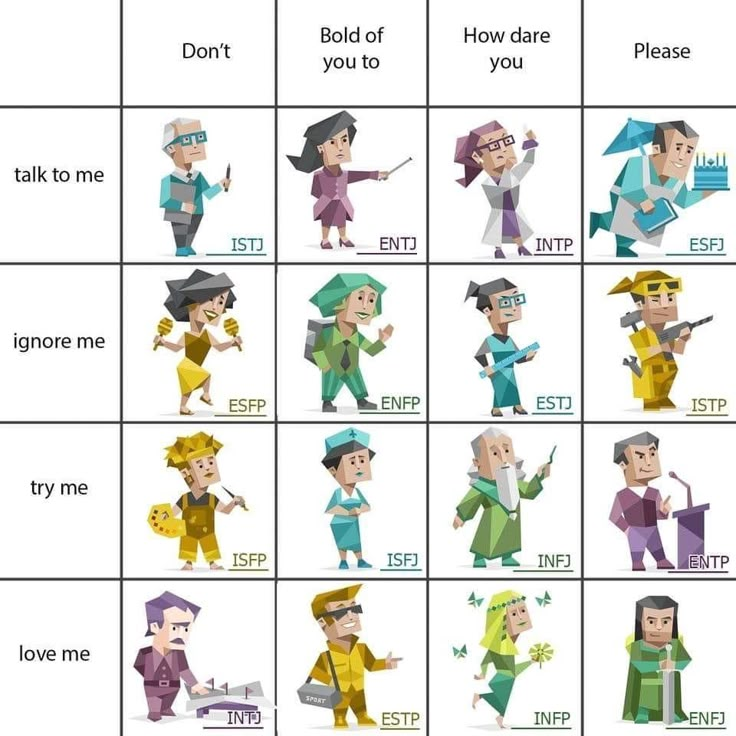 They don’t like their opinions being suppressed, too much detail or when your interactions are impersonal.
They don’t like their opinions being suppressed, too much detail or when your interactions are impersonal.
Because yellows are such high energy, sometimes it can be difficult to gage whether or not they’ve taken in what you’ve said. You need to strike the right balance between confirming they understand what you’ve said, and being patronising. Yellows are the type to engage in non-work related conversations and this can sometimes be a great way of striking up a good relationship with them.
We’re passionate about finding the right match for your vacancy and ensuring they stick and add value as your business grows. We like to partner with employers and become your outsourced recruitment function. Our ‘personal recruiter’ service does just that. For more information on colour profiling and Glu Recruit can help your business, call us in for a consultation.
BLUE/YELLOW aura color personality: BLUE/YELLOW aura color personality - potential inner conflict and how to create harmony
BLUE/YELLOW aura color personality – potential inner conflict and how to create harmony
In power, this delightful creature is loving, playful, cheerful, creative, and energetic.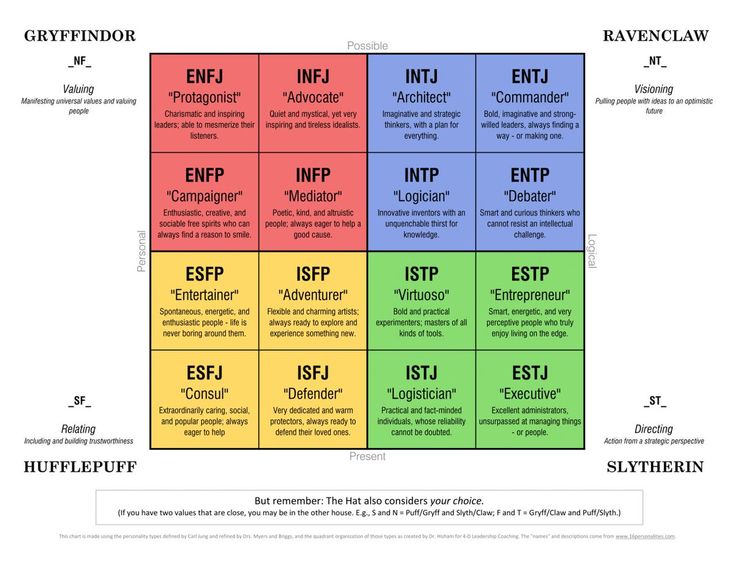 She helps people by bringing warmth and joy into their lives. These personalities are usually high-energy people. The loving nature of the Blue combined with the sparkling, creative, and energetic nature of the Yellow makes this combination a fun-loving, creative teacher or a gentle healer.
She helps people by bringing warmth and joy into their lives. These personalities are usually high-energy people. The loving nature of the Blue combined with the sparkling, creative, and energetic nature of the Yellow makes this combination a fun-loving, creative teacher or a gentle healer.
This color combination doesn’t experience many traumatic inner conflicts. Both Blues and Yellows are caring and generous people who are sensitive to the needs of others. Although Yellows can be rebellious individuals, both Blues and Yellows are people-pleasers — it is important to them bth that people like them.
Conflict can occur in a few areas. The Blue aspect is typically more emotionally serious, feeling that she must help people. The Yellow aspect rebels against the Blue’s intensity, believing that the most effective way to heal people is to show them how to have fun.
Because neither Blues nor Yellows make money a priority, this combination frequently experiences financial difficulties.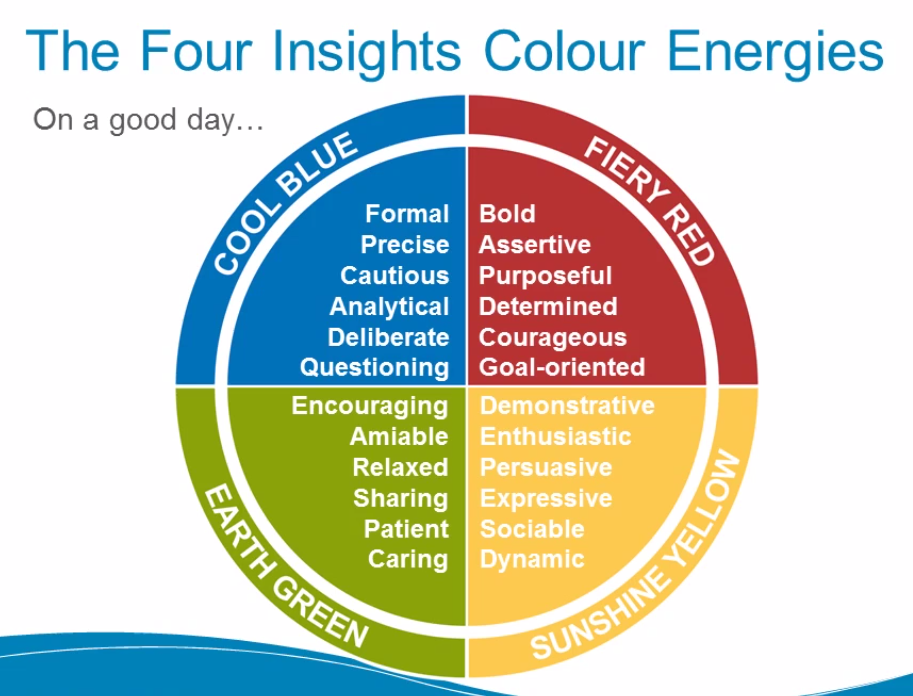 Blues have a hard time receiving money for services, and money disintegrates in the Yellows’ hands. If Blue/Yellows can learn to love, honor, and respect themselves, finances will improve.
Blues have a hard time receiving money for services, and money disintegrates in the Yellows’ hands. If Blue/Yellows can learn to love, honor, and respect themselves, finances will improve.
The four areas in which out-of-power Blue/Yellows can experience the most inner conflicts are relationships, sex, exercise, and children.
The Blue aspect wants an emotionally fulfilling, monogamous, and committed relationship. Although the Yellow aspect wants a playmate, she has a fear of commitment. Blue/Yellows can sabotage their relationships and not even be aware they are doing it. Blue/Yellows are frequently attracted to people who are not available — they are already married, live far away, or have a fear of commitment themselves. By falling in love with people who are unavailable, Blue/Yellows can feel the emotion of being in love, but escape the trap of commitment. The Blue aspect will often find a mate, but the Yellow aspect will run away to be free of the commitment. She frequently makes it appear that the other person has chosen to leave her, when in reality she is the one who has pushed the other person away through her fear of commitment.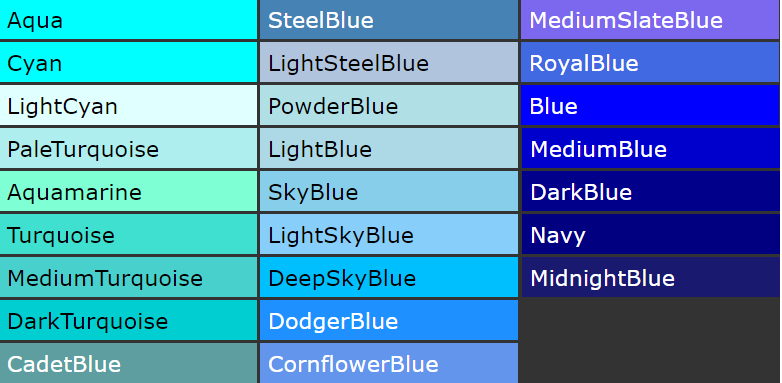
The Blue has a hard time letting go of relationships; the Yellow is ready to move on because things aren’t fun anymore. Blue/Yellows frequently have multiple marriages or relationships. Blue/Yellows can help themselves by choosing mates who can laugh, play, and yet emotionally commit to them.
Sex can be another problem for this Color Combination. The Blue is very moral and monogamous. In order to sleep with someone, she must love that person. The Yellow believes that sex is a fun, playful experience that doesn’t need to involve serious commitment. Even if she is in a relationship, the Yellow can entertain the idea of having a playful, sexual interlude with someone. This can cause waves of guilt for the loyal Blue. If Blue/Yellows can stay balanced and channel their energy into physical exercise or creative projects, extramarital affairs can be avoided.
Exercise is another challenge for Blue/Yellows. The Yellow needs to stay physically active to maintain a sense of wellbeing and harmony.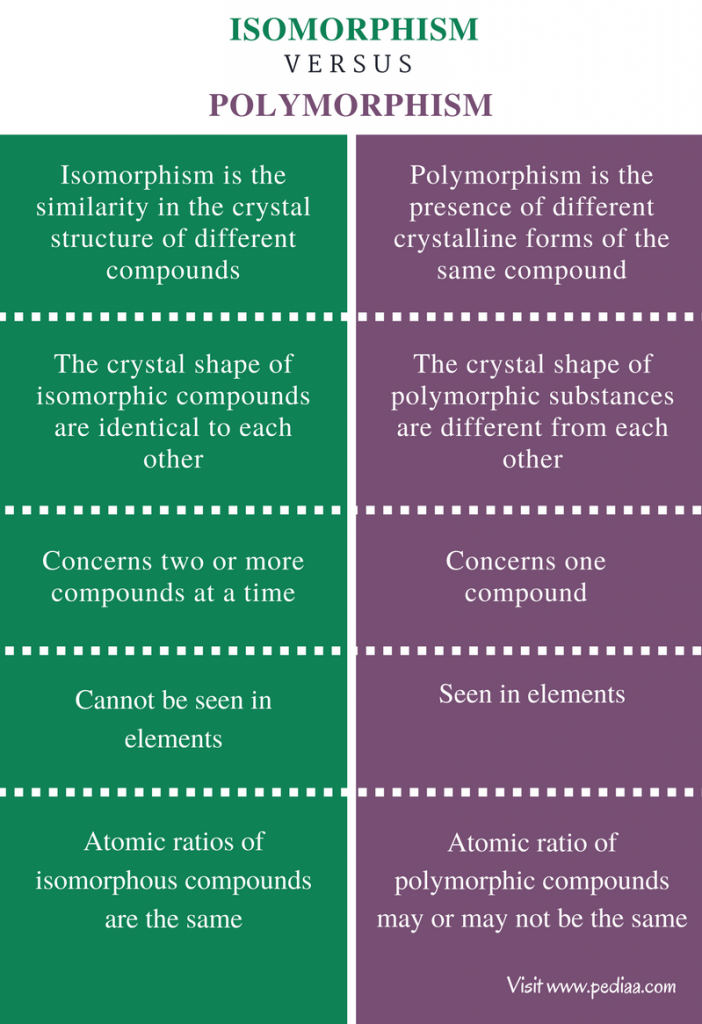 However, the Blue’s idea of exercise is walking to the end of the driveway. She is not motivated to exercise. When the Yellow aspect feels a need to exercise, the Blue aspect creates a hundred excuses why she can’t. Blue/Yellows who don’t exercise will experience low energy, depression, stiff muscles, and backaches. When they do exercise, they feel better. Setting up a regular exercise schedule is highly recommended for this Color Combination. Gardening is also a very therapeutic form of meditation.
However, the Blue’s idea of exercise is walking to the end of the driveway. She is not motivated to exercise. When the Yellow aspect feels a need to exercise, the Blue aspect creates a hundred excuses why she can’t. Blue/Yellows who don’t exercise will experience low energy, depression, stiff muscles, and backaches. When they do exercise, they feel better. Setting up a regular exercise schedule is highly recommended for this Color Combination. Gardening is also a very therapeutic form of meditation.
The Blue/Yellow combination commonly experiences weight problems. The emotionally vulnerable Blue and sensitive Yellow put on weight either for protection or because they are feeling unfulfilled. In addition, when a Yellow is insecure and experiencing low self-esteem, her addiction to food, sweets, or alcohol can compound the problem. When Blue/Yellows feel good about themselves and stay physically active, weight is not a problem.
To stay balanced, Blue/Yellows must, first of all, stay physically active.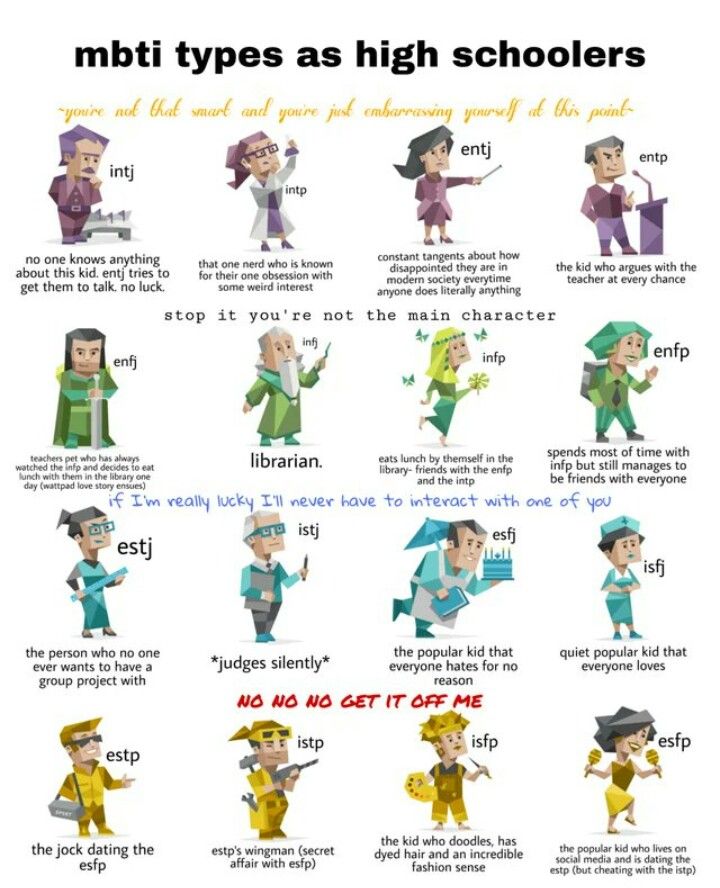 Dance or exercise is imperative to their creativity, health, and joy. They must also keep a light and healthy perspective on relationships. The childlike Yellow aspect can add lightness to the emotional and moody Blue aspect and keep Blue/Yellows from becoming depressed or too serious.
Dance or exercise is imperative to their creativity, health, and joy. They must also keep a light and healthy perspective on relationships. The childlike Yellow aspect can add lightness to the emotional and moody Blue aspect and keep Blue/Yellows from becoming depressed or too serious.
Blue/Yellows can frequently experience dilemmas regarding career choices. Yellows, who really prefer not to work at all, want to change jobs constantly. Committing to one career is boring and restrictive. The loyal and committed Blues feel guilty abandoning their employers and coworkers. Blue/Yellows must allow themselves to have careers they enjoy. They want a variety of careers that allows them to have fun while being creative, being physically active, or helping people. Frequently, Blue/Yellows hold two or three jobs simultaneously, which allow them to have choices, be spontaneous, and not become bored. They must, however, make sure they also take time for themselves so they don’t become overwhelmed and exhausted.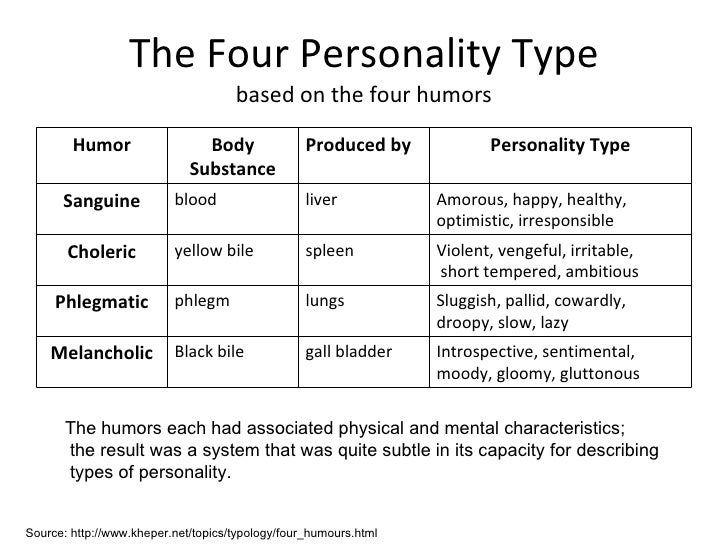
model description, characteristics and rules of application
It is not so easy to create a dream team where everyone is in their place and can apply their strengths to the benefit of the business. Sometimes there are failures: for example, for some reason, a commercial director is more interested in doing analytics than sales, and a person with the principle “who does not risk does not drink champagne” comes to the position of a lawyer.
DISC typology assessment helps to protect against such hiring mistakes, as well as to place current employees in the positions that are most suitable for them. But how to conduct an assessment correctly, what to do with its results, can you trust free tests on the Internet? What personality types are there and can they change in different circumstances?
We talked about all this with a certified expert in personality profile analysis based on DISC Olga Prozorova.
What do you learn about
👉 What is DISC
👉 What types of personality are
👉 What are the behaviors of each type
👉 What are the mixed personality types
👉 How to determine the type of personality
👉 Is it possible to use free tests from the internet
👉 Where to use DISC
Olga Prozorova, leader of Finance, HR & Operations at Benchmark Executive
What is personality typology DISC
American psychologist William Marston studied types of personality behavior.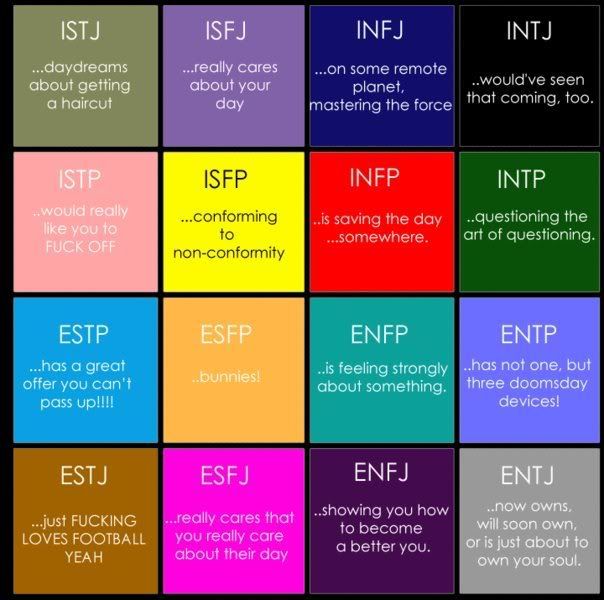 Back in 1928, he published the book The Emotions of Normal People, in which he outlined the theory of DISC.
Back in 1928, he published the book The Emotions of Normal People, in which he outlined the theory of DISC.
DISC is a methodology for studying human behavior based on a four-sector model with two axes:
One axis indicates behavior - active or passive. The other axis identifies the environment as perceived by the person himself. It can be hostile or friendly/favorable.
According to the theory, people want to remain passive or active depending on how they perceive the environment: as friendly or hostile.
Thus, 4 sectors are formed:
- Active behavior in an opposing environment (D).
- Active behavior in a friendly environment (I).
- Passive behavior in a friendly environment (S).
- Passive behavior in an opposing environment (C).
It is important to understand that DISC only looks at behavioral styles and does not assess a person's intelligence, emotional intelligence, or job competencies.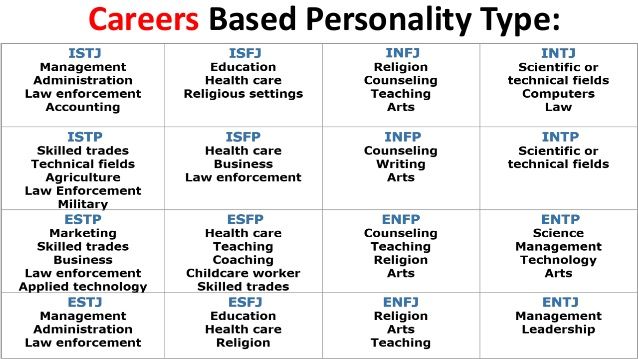 The evaluation results may change under the influence of external circumstances and factors, as well as over time.
The evaluation results may change under the influence of external circumstances and factors, as well as over time.
For example, a person moves to another job or company. Then the model of his behavior may change after a while. Therefore, it is worth re-taking DISC at least once a year or when there are significant changes in life - not necessarily professional ones.
Characteristics of personality types
In the DISC methodology, personality types are divided into 4 types: dominance (D), influence (I), stability (S), adaptability (C).
D - dominance (active in a hostile environment)
Such people like to be in a highly competitive environment - they are results-oriented conquerors. These are achievers who are motivated to action by the heated atmosphere around or the competitive environment.
Which roles are most typical for the type: sales, commercial director.
I - influence (active in a friendly environment)
Type I people influence others in a positive way and involve them in processes.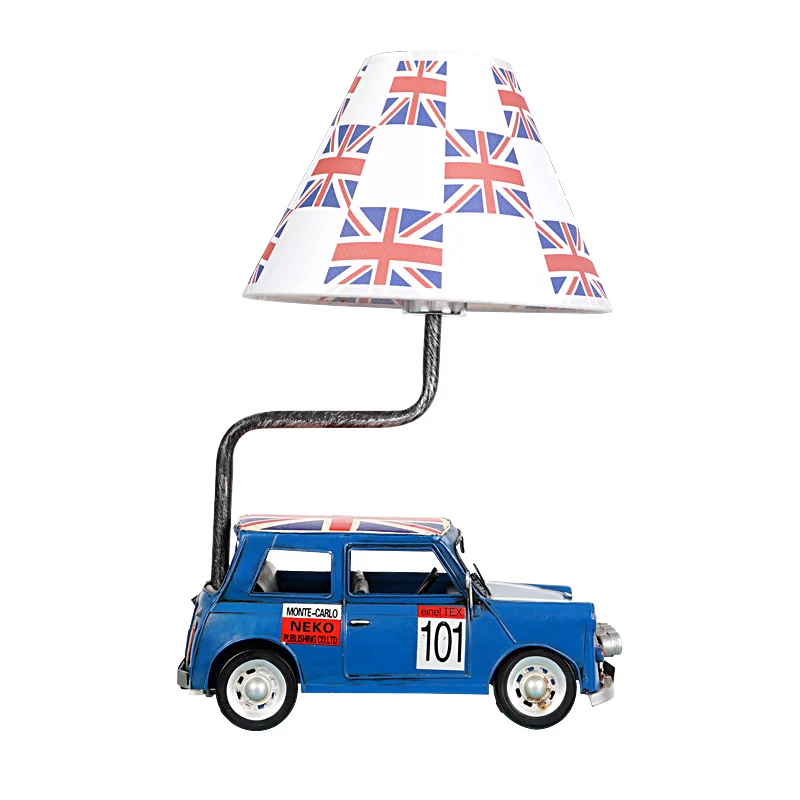 They are maximally open to communications and primarily focus on human relationships.
They are maximally open to communications and primarily focus on human relationships.
Show active behavior, using the power of persuasion to move from hostile situations to more favorable ones.
Which roles are most typical for the type: HR.
S - Stability (passive actions in a friendly environment)
These people feel comfortable working with well-established processes, in an environment where everything is calm and there are no opposing forces. They are reliable, methodical, executive, stubborn and good-natured - they can be called "worker bees." They strive to maintain neutrality until the hostility in the environment stops.
It is believed that the leader must necessarily be of type D, that is, be a dominator with a strong focus on results. Allegedly otherwise he will not cope with the development of business. But this is not always the case: for example, if a company is associated with a service and is engaged in the provision of services, then its director may be of type S.
What roles are most typical for the type: service department, accounting staff.
C - adaptability (passive actions in a hostile environment)
Type C people work effectively in turbulent environments and adapt quickly to change. But, unlike D, they are cautious, logical, systematic, consistent, law-abiding, accurate.
As a rule, they have an analytical mind. Seek to negate the degree of confrontation and thus avoid problems or conflict.
Which roles are most typical for the type: employees of the operational, analytical and legal departments.
Behavior markers of each type
Mixed personality types
It is not uncommon to find people who exhibit 2 patterns of behavior equally strongly according to the DISC system. Let's talk about these combinations.
DI - ID: red-yellow and yellow-red
One of the common combinations. Such people are inspirers and natural manipulators.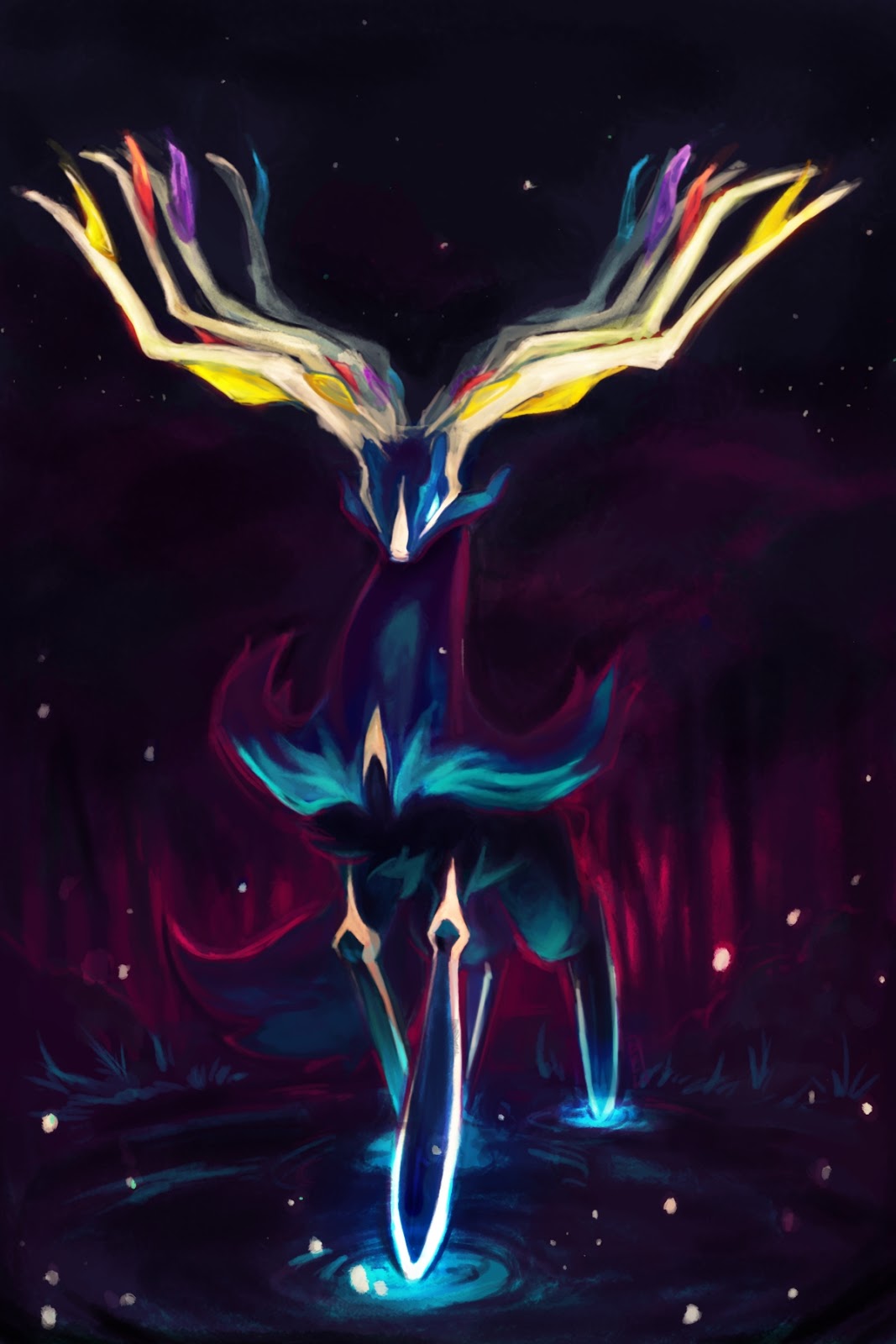 They seek to charm, influence others, and lead through personal charisma or persistent persuasion.
They seek to charm, influence others, and lead through personal charisma or persistent persuasion.
This type of person is great at solving complex problems with original and innovative ideas.
IS - SI: yellow-green and green-yellow
This mixed type is quite rare. It is easy to communicate with such people, their distinguishing feature is contact. They treat others with great consideration, warmth and understanding. Comfort, a stable environment, peace and harmony in the team are important to them.
This type of person in the work environment excels in situations where you need to influence and motivate colleagues.
IC - CI: yellow-blue and blue-yellow
Contradictory type that combines opposite features. Such people are distinguished by self-confidence, intolerance and emotionality.
They are self-sufficient in any situation and perfectly motivate others when there are no guides and landmarks.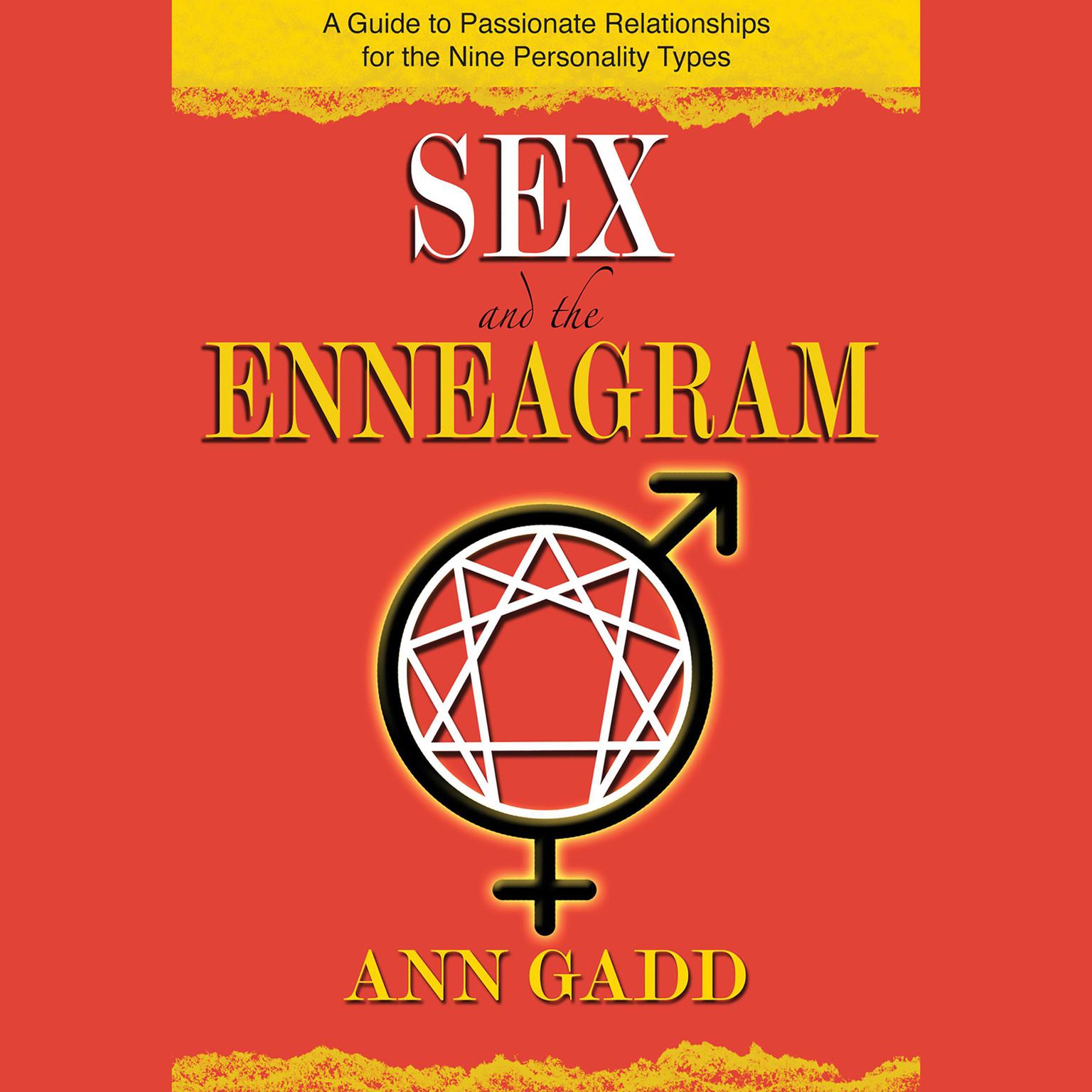
DS - SD: red-green and green-red
The most complex and rare behavioral type. A distinctive feature in behavior is mood swings and excessive initiative. People like DS - SD develop a stormy activity, while suffering from the syndrome of an excellent student - they believe that they must do the job better than anyone else.
For them, it is important that the task is completed within the agreed time frame with real, measurable results.
How to Determine Your Personality Type
One of the most popular and reliable ways to get a DISC assessment is the Thomas Personality Profile.
Thomas Hendrickson developed this system based on DISC in the middle of the 20th century. Profile analysis of personality allows you to accurately determine the behavior of a person in various areas of life. The report provides insight into intrinsic motivation factors, values, strengths and limitations.
DISC indicates what personality types are and how they are characterized. And the Thomas system is a tool that allows you to determine how these personality types are expressed in a particular person.
And the Thomas system is a tool that allows you to determine how these personality types are expressed in a particular person.
I'll tell you step by step how the assessment is done according to the Thomas system.
Step #1: Testing
Testing takes place in an automated mode: the testee answers simple questions for about 10-15 minutes. Based on the results of the answers, a detailed analysis of the personality is carried out, reflected in 3 graphs:
- self-portrait - behavior in everyday life;
- behavior at work;
- behavior in a stressful situation.
Step 2: Graph Analysis
Initially, a person is assessed on a self-portrait (graph III): starting from the highest point, then moving on to the point at the bottom. After that, the readings are compared with the graphs of behavior at work (I) and behavior under pressure (II).
It is especially interesting to compare the data with graph II.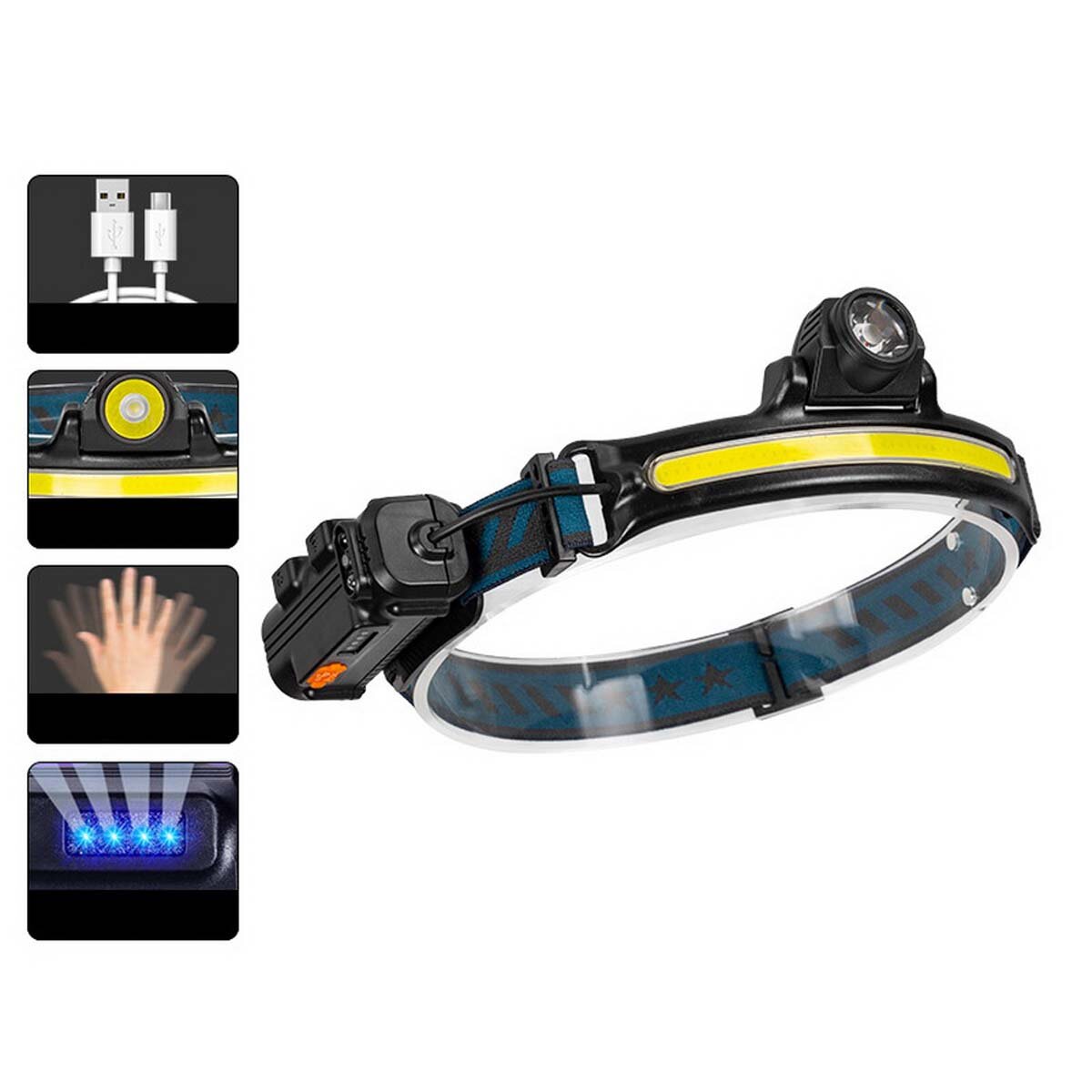 In a normal situation, a person is able to control behavior, but in stressful conditions, control weakens - additional factors break out. So on this graph, a point that was not in the self-portrait can clearly appear.
In a normal situation, a person is able to control behavior, but in stressful conditions, control weakens - additional factors break out. So on this graph, a point that was not in the self-portrait can clearly appear.
In this case, it is important to evaluate the points in the aggregate - they can compete and interact with each other. For example:
- if the line from S to C goes up, as in our chart, then this indicates the ability to take risks;
- collapse of the same line suggests that the subject is prone to independence;
- if points D and C lie at the same level below, then the person is in a state of procrastination - becomes indecisive in situations where important decisions must be made, and prefers not to move.
The highest point of the graph does not change and is the key one - it is by it that the type of personality's behavior is assessed. On our chart, there is also such a point - in area C. The rest of the points can change their position under the influence of various factors over time.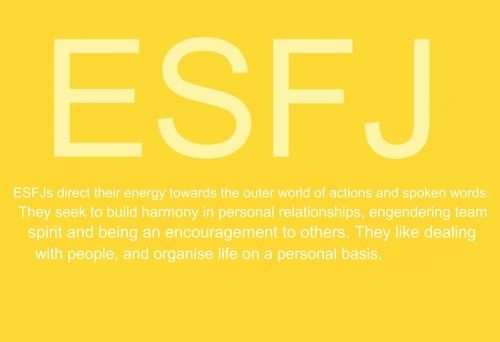 And if two points constantly compete with each other at the top, then we can talk about a mixed personality type.
And if two points constantly compete with each other at the top, then we can talk about a mixed personality type.
Particularly interesting are the reference points - those that lie on the graph axis. They set in motion other factors and enhance their manifestation.
Certified experts look at graphs in aggregate, analyze changes in the position of points and the interaction between them.
Step #3: Providing feedback
It is important to provide detailed expert feedback to the person assessed using the DISC methodology, indicating strong type characteristics, concerns, motivators, value to the organization. Feedback is critical: it can be provided by an external consultant or by your own employee if trained in the assessment methodology.
It is not enough to simply tell the subject that he belongs to type D, which is characterized by such and such traits. It is necessary to “land” formal feedback on a real person:
- highlight the benefits, nuances and risks;
- tell how this affects his work;
- suggest options for the development of growth zones.
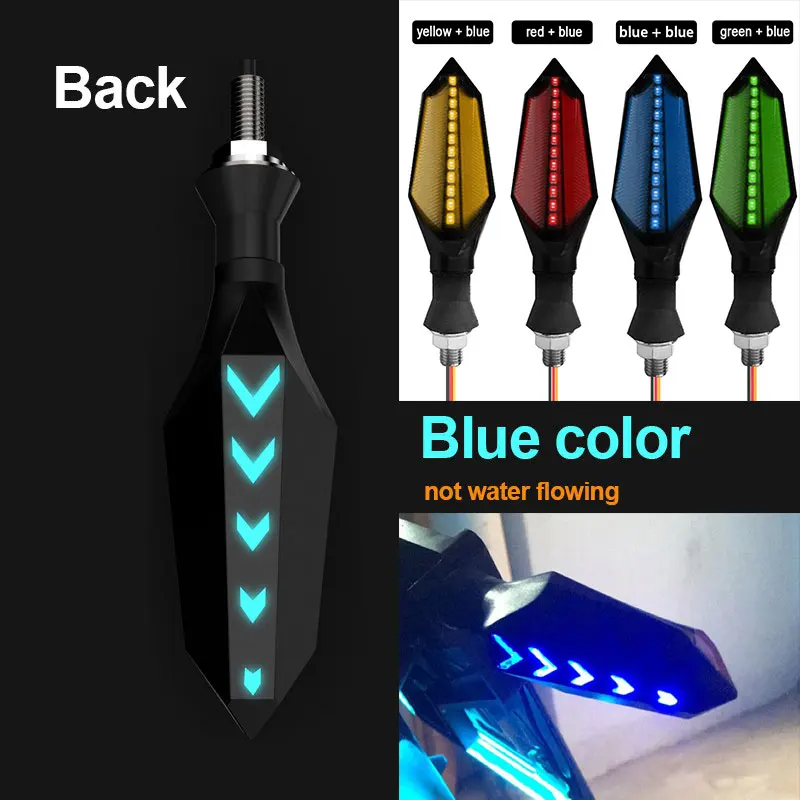
For example, a modern HR manager needs to work not only with people, but also with analytics. This means that type I alone may not be enough - you need to pump C.
Choose between free online tests or paid consulting services
Free tests can be fun, but don't jump to conclusions based on them. To get detailed reliable information, you will have to go through paid testing through official providers.
It is essential that the provider who will conduct the evaluation not only provide a general opinion, but also be prepared to provide extensive feedback. Often, test subjects and company HRs have questions about why the result is this way and what to do with this information. They look at the graphs and have absolutely no idea how these lines are related to the conclusions.
If you are testing on the knee using free sources on the Internet, and not using external certified providers, then you should not rely too much on the results of the test.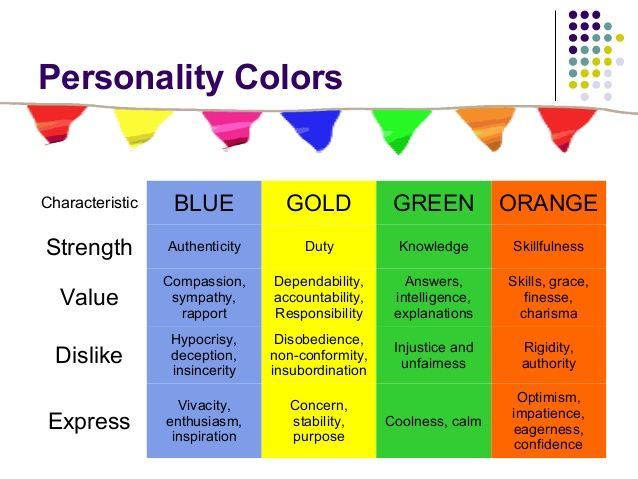
How to apply the methodology at work
To evaluate candidates
The methodology can be used at the final stage of assessing candidates for a vacant position. Let's say you have two applicants for the same role, both of them are suitable in terms of background and skills. In this case, DISC acts as an additional tool that allows you to see the whole picture - to see even what was not visible during the interview.
There are no good or bad personality types - there are those that fit or don't fit a particular role. As a result of testing, you determine which of the two candidates is more relevant to the position profile according to the behavior model.
In an internal assessment
DISC can be used to assess whether a person is in the right place, how he feels and whether he is able to behave as expected of him.
For example, the commercial director of one company did not work as efficiently as expected. He was strong in analytics and planning, but did not show himself as a result-oriented leader. Before the assessment, the company did not understand what exactly was wrong, but the assessment showed that the commercial director is a type C person, not a D.
He was strong in analytics and planning, but did not show himself as a result-oriented leader. Before the assessment, the company did not understand what exactly was wrong, but the assessment showed that the commercial director is a type C person, not a D.
It is up to each company to decide what to do with this information. It is not always about replacement: weaknesses can be strengthened. For example, if you give the commercial director detailed feedback, pointing out points of development, then he will have the opportunity to work on his behavior and strengthen communications.
If successful, the director will increase his D-factor and performance. Of course, an employee will be able to come to such changes if he has well-developed other competencies, for example, emotional intelligence.
To determine the state of an employee
Using DISC, you can assess the psychological state of an employee - see frustration, burnout, depression, stress due to uncertainty.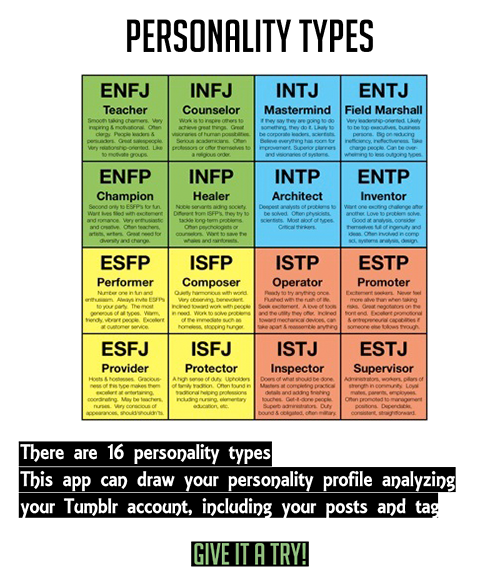
Thus, a graph in which all points lie on the X-axis plane is called compressed. Depending on which of the three graphs is compressed, one can infer problems. For example, the compression of schedule I indicates that the employee is confused, lost his bearings, or does not understand what is required of him. Perhaps he is demotivated and is considering career changes.
This is what happens when an employee is appointed against his will to a new position. Then he feels out of place and suffers. If the HR sees such a picture, he can communicate with the employee and try to solve the problem: move him from this position or, conversely, help him find himself in a new role.
To assess the realism of the job profile
Sometimes customers are looking for a candidate who must be able to absolutely everything and combine the incompatible. Some assessment providers allow you to fill out a job profile and then get a schedule of the person who would fit the role.
So it may turn out that the customer is looking for a "unicorn" - a candidate who must have all personality types at a high level at once.
Conclusions
- According to the DISC typology, people are divided into 4 types - depending on the perception of the environment and the activity of their own actions.
- Personality types DISC:
- D - dominant, active in a hostile environment;
- I - influencing, active actions in a friendly environment;
- S - stable, passive actions in a friendly environment;
- C - adaptive, passive actions in a hostile environment.
- In addition to people who belong to one type of personality, there are those who combine several types.
- The most popular and reliable DISC typology assessment tool is the Thomas Profile Personality Analysis.
- Testing takes place automatically within 10-15 minutes. As a result, you get 3 graphs of the subject's behavior: in ordinary life, at work and in a stressful situation.
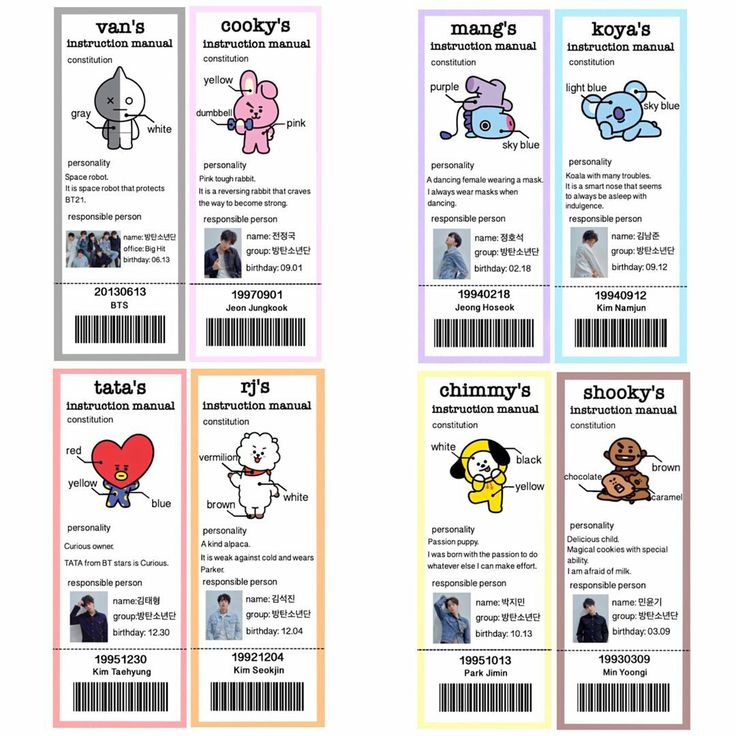
- The highest point on the graphs may indicate the type of personality. At the same time, it is important to look at the points below, as well as at the relationships.
- The graph of the stressful situation is the most revealing
- Free tests on the Internet are just fun. To get a reliable and detailed assessment, it is better to contact certified experts.
- DISC can be used:
- in recruiting,
- in assessment,
- for diagnosing the psychological state of employees,
- to assess the realism of the job profile.
Record candidate evaluation results directly in Huntflow
DISC methodology in the work of HR specialists: what it is and how to use it
An HR specialist is always a bit of a psychologist. It is he who first meets the candidate, determines his skills, and in the future builds a successful team brick by brick. Today we will talk about the DISC technique, which already at the first interview after 10-15 minutes will help to recognize who is in front of you and what kind of work he is suitable for.
What is DISC?
DISC is a 4-step behavioral model that explores how people behave under specific circumstances. DISC does not assess a person's IQ or emotional intelligence, nor does it reveal a person's values, education, or experience. The system only helps to recognize the characteristics of a person's behavioral type and determine how suitable he is for working on specific tasks.
The DISC technique became known in the 1980s. American entrepreneur Bill J. Bonnstetter, based on the work of psychologists Carl Jung and William Marston, was the first to introduce the development of a computer program based on the DISC model.
The methodology in the work of HR specialists can be useful in recruiting, staff adaptation and team building training. This means that already at the interview stage, HR using DISC is more likely to hire the right candidate for a certain type of task.
4 DISC Personality Types
Type D: Dominant Reds
People with a high D factor are clear leaders.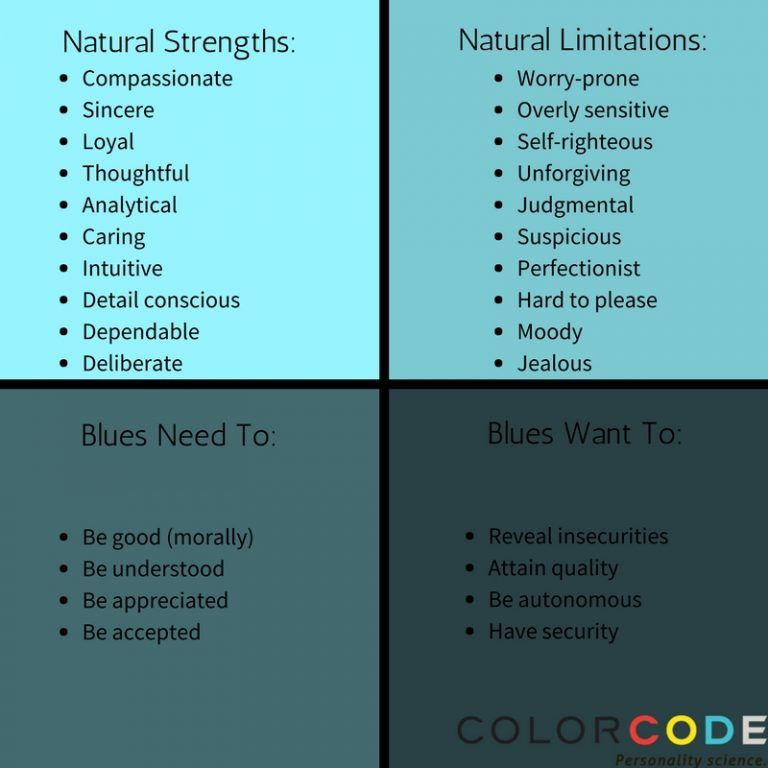 They are straightforward, self-confident, make decisions quickly. They always strive to occupy leadership positions, because they love and, most importantly, know how to give out commands. They often do 101% to show their best and achieve their goals no matter what. This type of employee does not sit idle, which is noticeable even at the first interview.
They are straightforward, self-confident, make decisions quickly. They always strive to occupy leadership positions, because they love and, most importantly, know how to give out commands. They often do 101% to show their best and achieve their goals no matter what. This type of employee does not sit idle, which is noticeable even at the first interview.
Pluses:
- not afraid to take on difficult tasks;
- love to compete;
- feel good in difficult conditions.
Cons:
- sharp and quick-tempered;
- they lack patience and sometimes diplomacy;
- prone to aggression.
How to recognize at the first interview. Such candidates may dominate the conversation and try to fill awkward gaps. They also offer ready-made solutions on the fly and show that they are ready to do more than is required.
Type I: Influential, yellow
Cheerful optimists and pleasant conversationalists are Type I people.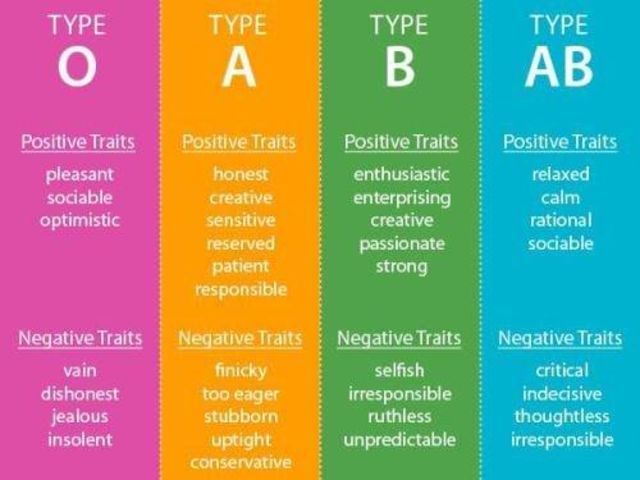 Because of their habit of jumping from one subject to another in conversations, they are sometimes considered superficial. But they do it, for the most part, because they approach everything creatively. You can also say about them: convincing, pleasant, trusting.
Because of their habit of jumping from one subject to another in conversations, they are sometimes considered superficial. But they do it, for the most part, because they approach everything creatively. You can also say about them: convincing, pleasant, trusting.
Pluses:
- high communication skills;
- non-standard thinking;
- often become the soul of the team.
Cons:
- lack of punctuality;
- impulsiveness;
- inability to work with papers and numbers.
How to recognize at the first interview. Influencers always try to be benevolent. It would seem that almost all candidates do this, but it is these people who maintain a positive attitude under any circumstances, even for a stressful interview. They also always stand out with their appearance, bright accessories or gesticulate a lot, which distinguishes them from other candidates.
Type S: Standing, green
Type S people have calm and gentle personalities.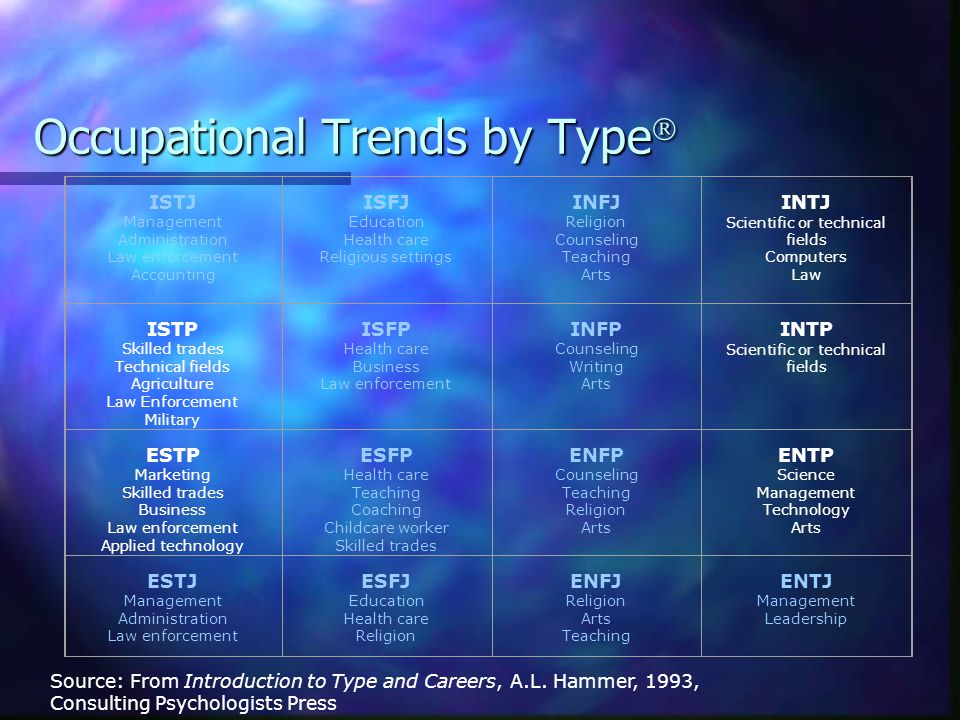 They have a high need for stability and reliability. These are those who definitely do not like change, especially when it is difficult to experience moments when changes occur abruptly. "Permanent" are attentive to people's emotions, empathize and have a sense of tact. Type S are stable and patient individuals, they are suitable for measured work in the long run.
They have a high need for stability and reliability. These are those who definitely do not like change, especially when it is difficult to experience moments when changes occur abruptly. "Permanent" are attentive to people's emotions, empathize and have a sense of tact. Type S are stable and patient individuals, they are suitable for measured work in the long run.
Pros:
- reliability;
- simply made for routine work;
- they always have perfect order both in business and at the workplace.
Minuses:
- touchiness;
- do not know how to say "no";
- secretive, do not like to discuss problems.
How to recognize at the first interview. Usually such candidates do not have an abundance of previous jobs in the resume. They work long enough in the same organization, and if they decide to change jobs, then something really “terrible” has happened. Such employees will become a reliable rear for the company, if you provide them with comfortable conditions.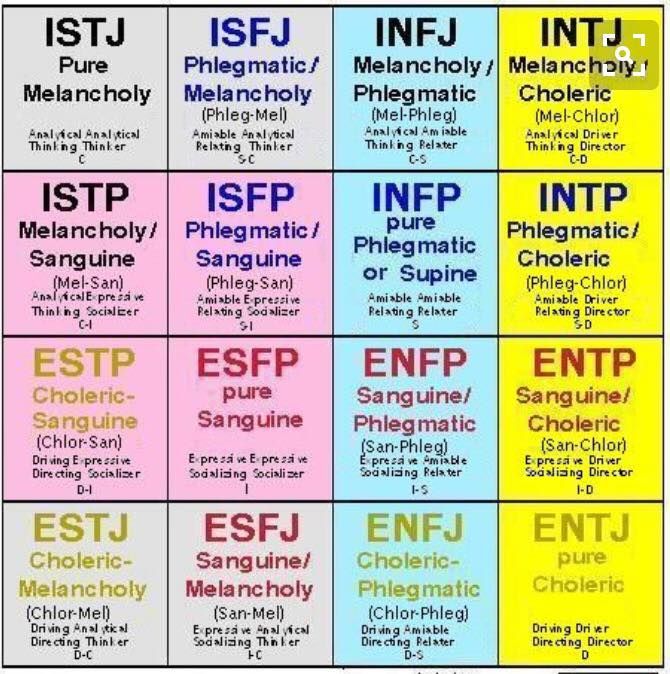
Type C: "Appropriate", blue
These people's "best friends" are charts and instructions. They like to follow the rules and treat everything with caution. Sometimes they give the impression of cold and closed personalities, but at the same time remain diplomatic and tactful.
Pluses:
- organization;
- know how to detail and analyze;
- accuracy.
Cons:
- intolerance to other people's mistakes, self-criticism;
- compromise poorly;
- in a stressful situation often "withdraw into themselves."
How to recognize at the first interview. "Relevant" behave with restraint. The first questions at the interview from such candidates will most likely be about numbers: the amount and dates of wages, the number of days of vacation and sick leave. They analyze everything you say and always ask clarifying questions.
How to apply DISC to employees?
DISC in action becomes clearer when the HR professional visualizes it as a circle.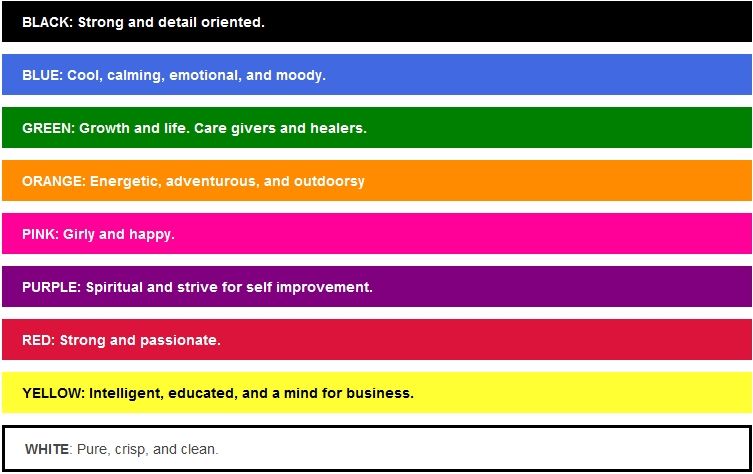 To do this, it is divided into 4 parts, in the upper half there are extroverts (expressive personalities), on the bottom - introverts (more restrained).
To do this, it is divided into 4 parts, in the upper half there are extroverts (expressive personalities), on the bottom - introverts (more restrained).
Sharp movements, quick speech, and lightning-fast decision-making are all exhibited by extroverts. Introverts often speak more slowly and in a softer tone. They take more time to determine their point of view.
Hemispheres give an understanding of what the employee is really focused on: performing tasks or interacting with people. The left one shows task-oriented personalities. They tend to think logically, think about the result. The right half displays those who are people-oriented. They prefer to focus on experiences, feelings, relationships and social interaction.
It may happen that a person has a mixed dominant type of behavior. This means that the qualities of the two types can manifest themselves equally. For example:
Type DI: "Inspirer", red-yellow
They know how to influence people, are charismatic, due to which they occupy a leading position in the team.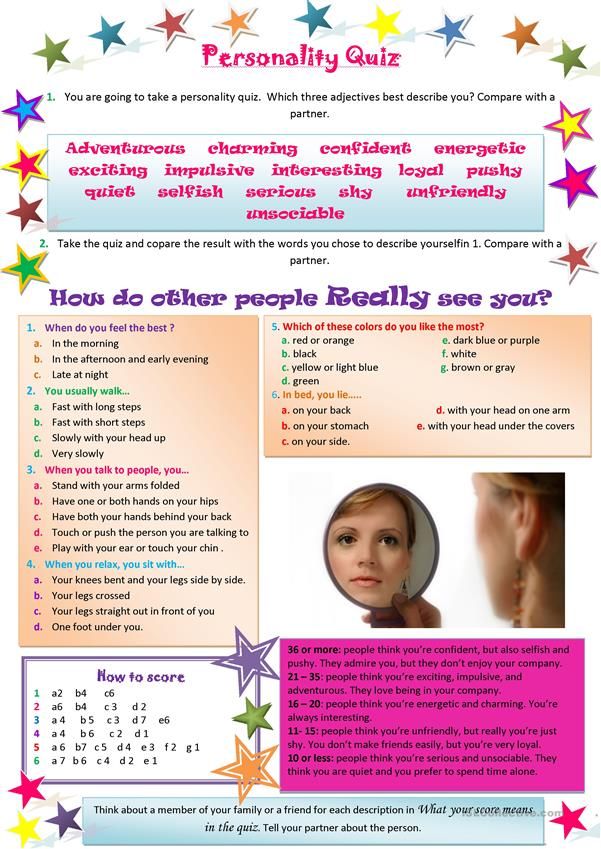 They always achieve the desired results in negotiations, they know how to prove their point of view. They are comfortable in a competitive environment. On the other hand, they often put pressure on people and manipulate other people's opinions, and also demonstrate an aggressive type of behavior.
They always achieve the desired results in negotiations, they know how to prove their point of view. They are comfortable in a competitive environment. On the other hand, they often put pressure on people and manipulate other people's opinions, and also demonstrate an aggressive type of behavior.
Type IS: "Communicator", yellow-green
They are easy to get along with. They are warm personalities with a flexible behavior model. Yellow-greens, like no other, know how to empathize and forgive. This is both a positive and a negative feature, because sometimes others actively use it.
Type SC: "Coordinator", green-blue
"Coordinators" perfectly combine the ability to analyze and work with people. They are reliable and comfortable in a stable environment. Of the minuses - the lack of ambition and the tendency to close from everyone in stressful situations.
Type DC: Performer, red-blue
Representatives of this type, on the contrary, get bored in comfortable conditions. They love instability and change. They try to perfect all their tasks, but they can bring other people almost to madness. The fact is that the red-blue will be among the first to support innovation and at the same time criticize other people's ideas to the nines.
They love instability and change. They try to perfect all their tasks, but they can bring other people almost to madness. The fact is that the red-blue will be among the first to support innovation and at the same time criticize other people's ideas to the nines.
How to understand HR who is who in the team, if the DISC method was not used at the interview stage? The easiest way is to ask the employee to take a short test. Note that the HR specialist should immediately explain to the employee: this is not the case when you need to answer right or wrong, or
try to show the "best result". Here, maximum honesty and individuality are important.
The questionnaire usually consists of a series of statements to which the person must select an answer on a rating scale: "I strongly agree", "I agree", "I am neutral", "I disagree", "I strongly disagree". Most DISC personality tests are now done online, for example here. After the employee has given answers, determine what type he belongs to and decide what tasks he is best suited for, taking into account his pros and cons.